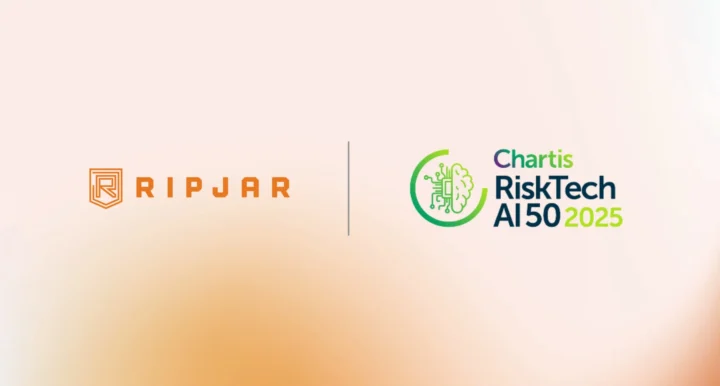Adverse media screening helps financial institutions around the world understand the criminal risks they face in a complex regulatory landscape. In a compliance context, the value of adverse media is directly connected to the effectiveness of the customer screening – and the quality of the data that it generates: firms must ensure they are able to find the relevant information quickly, and apply it accurately, in order to prevent financial crimes such as money laundering.
Ripjar and 1LoD recently hosted a roundtable discussion with experts and professionals from UK banks and financial institutions, on the importance of adverse media screening for compliance and anti-money laundering (AML) procedures. We wanted to explore the ways that UK organisations currently use adverse media screening as a means of establishing customer risk, along with the challenges that entails, such as the need to cut through the administrative noise of the search process.
We’ve put together a report on the results of the adverse media screening roundtable – in the meantime, read on to discover some of the key discussion points which it covers.
Getting Core Screening Right
Most banks and financial institutions use third party providers to handle core adverse media screening on their behalf. Typically, a bank submits a list of customer names to their provider, which then searches each entry against a range of negative news articles (and other media), according to search parameters, and returns a list of matches. Our roundtable discussed a range of important core screening principles, including:
- Finding an effective technology solution to handle core screening processes.
- Categorising adverse media stories by type (AML predicate crimes, labour rights, data privacy, etc) in order to determine the significance of risk.
- Scheduling name searches to run periodically – for example, more frequent searches for higher risk stories.
- Adjusting the scope of customer screening to account for risk – for example, screening against a larger number of news sources during onboarding.
Balancing Coverage and Quality
The quantity of adverse media screening results does not necessarily translate to quality AML data. In fact, our roundtable revealed that standard keyword searches of larger volumes of news articles often generate more administrative noise, and increase the probability of false positive AML alerts.
Roundtable participants stressed the need for a balance between data coverage and quality, and the importance of the risk based approach to adverse media screening. However, even with a risk based approach, many banks still struggled with high volumes of alerts – which included both false positives and, worse, false negatives.

Enhancing Customer Searches
Numerous factors contribute to screening noise, not least the accuracy of the name matching process, the reliability of news sources, and issues such as regional spelling variations or the use of non-Latinate characters. Picking up on those issues, roundtable participants set out ways to improve the screening process with “meaningful” data – by adopting strategies such as enhancing the search models and search parameters set by banks, and refining the datasets produced by data aggregators.
Integrating New Technology
In the face of customer screening challenges, the roundtable highlighted the potential of new technologies, specifically machine learning systems, to make the process more effective.
Powered by artificial intelligence, machine learning tools such as Ripjar’s Labyrinth Screening platform, effectively read global negative news stories autonomously, with the capability to discern specific data points such as mentions of “money laundering” or predicate crimes. Machine learning brings a greater analytic depth to the customer screening process, increasing search accuracy, and reducing false positives, by intuitively removing duplicate articles, or threading reprints of the same story together.
Machine learning tools also help organisations identify specific features of their customers’ involvement in negative stories, and use that information to build even more accurate risk profiles. Enhanced risk profiles offer plenty of advantages, including enabling compliance analysts to identify meaningful stories faster, and streamline the alert remediation process.
The value of new technology goes beyond screening customers at onboarding. The roundtable also brought up the flexibility that machine learning tools provide, which can help organisations screen on a continuing basis, spot changes in customer behaviour, address new criminal methodologies, and adapt to new regulations as they are introduced.
For more detail, download the full customer screening report
Last updated: 3 February 2025





